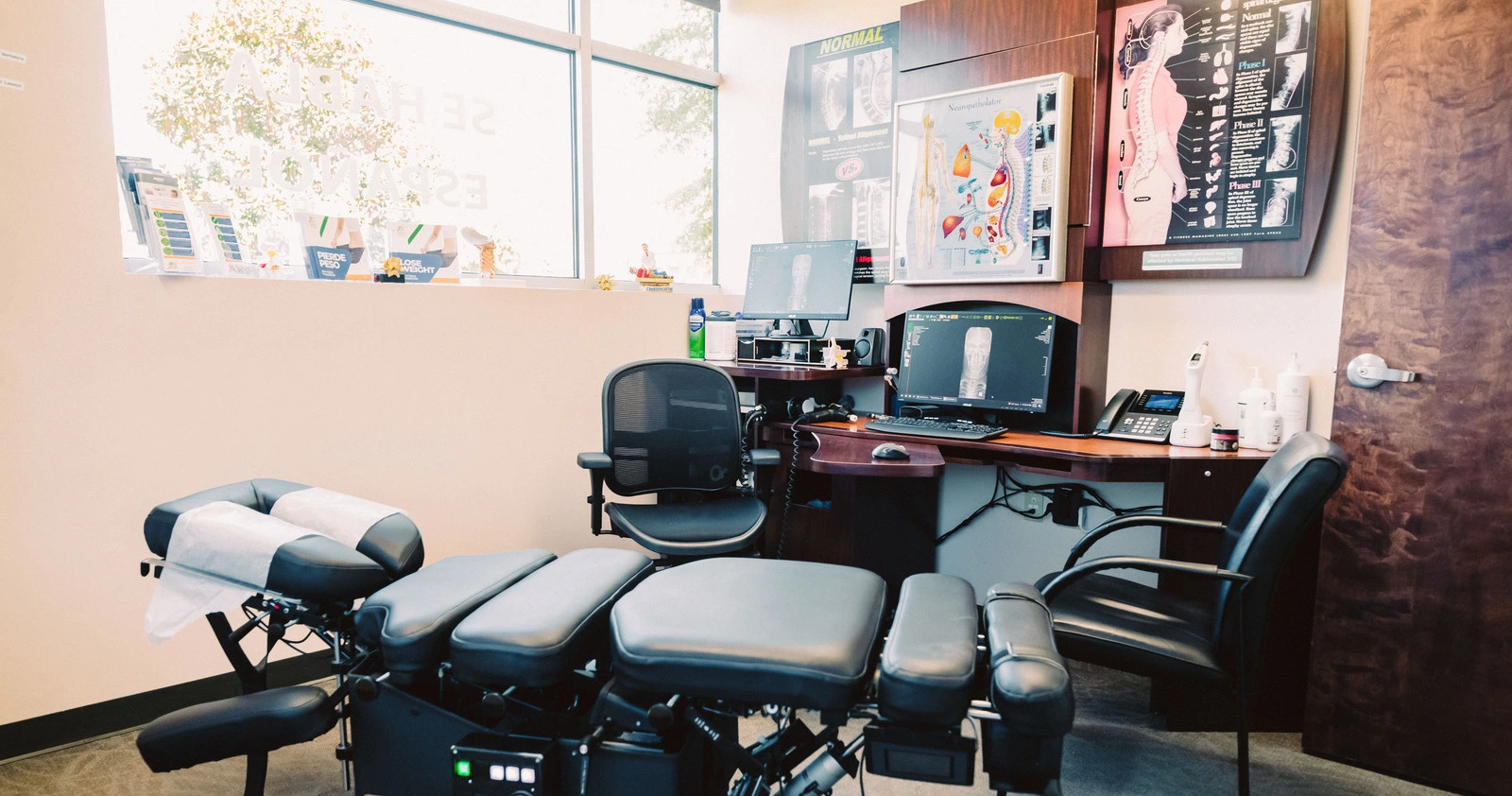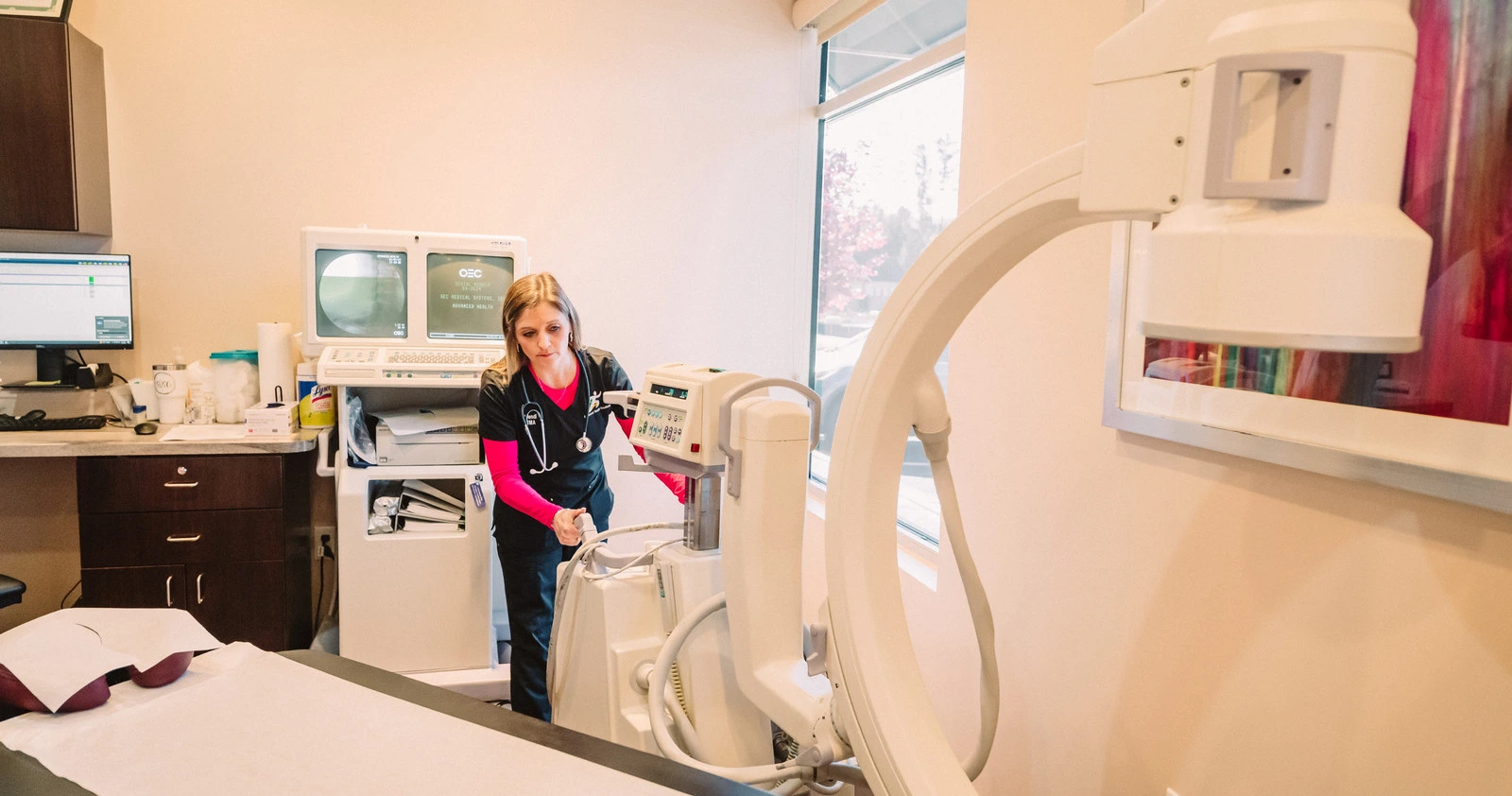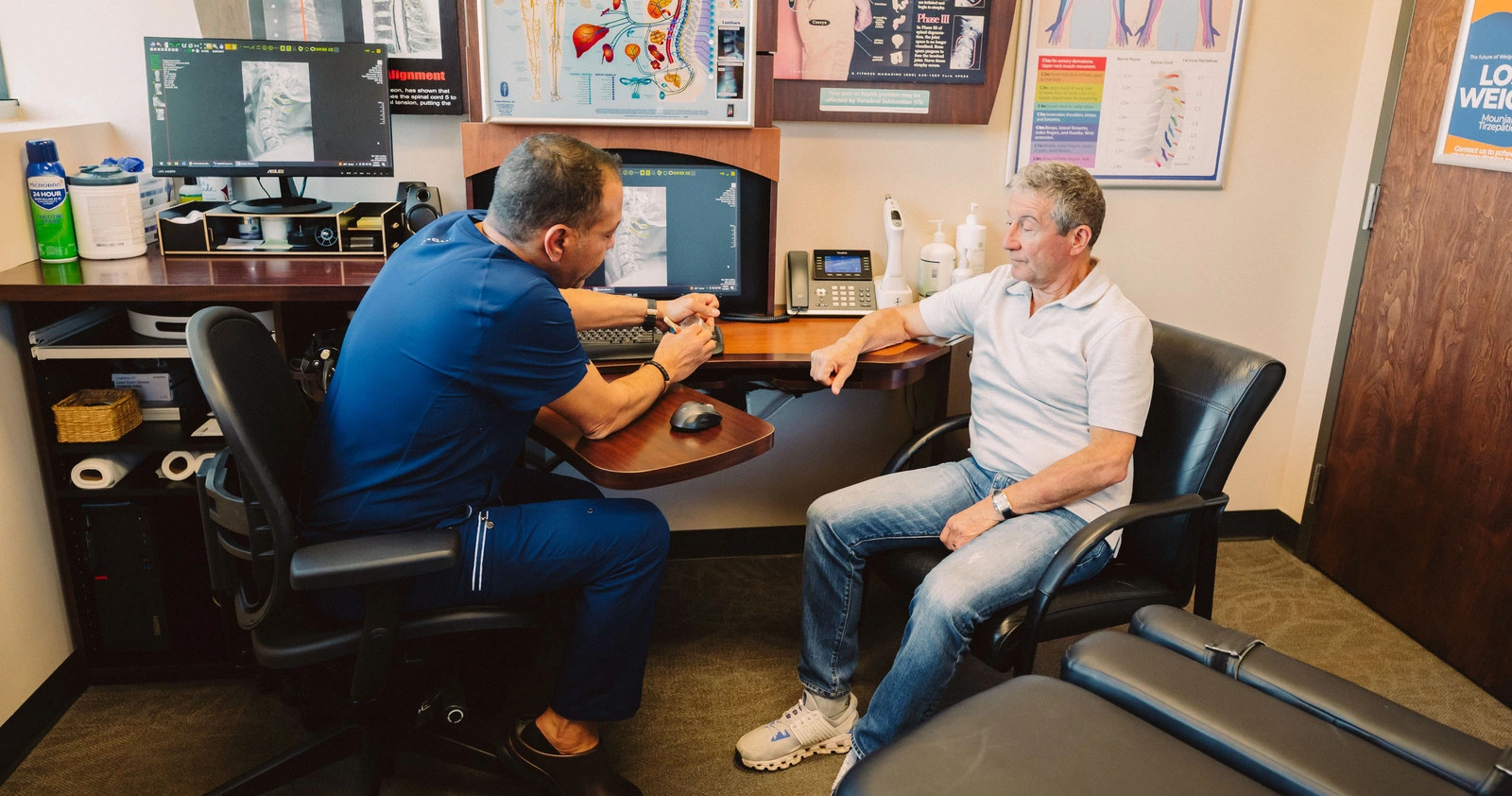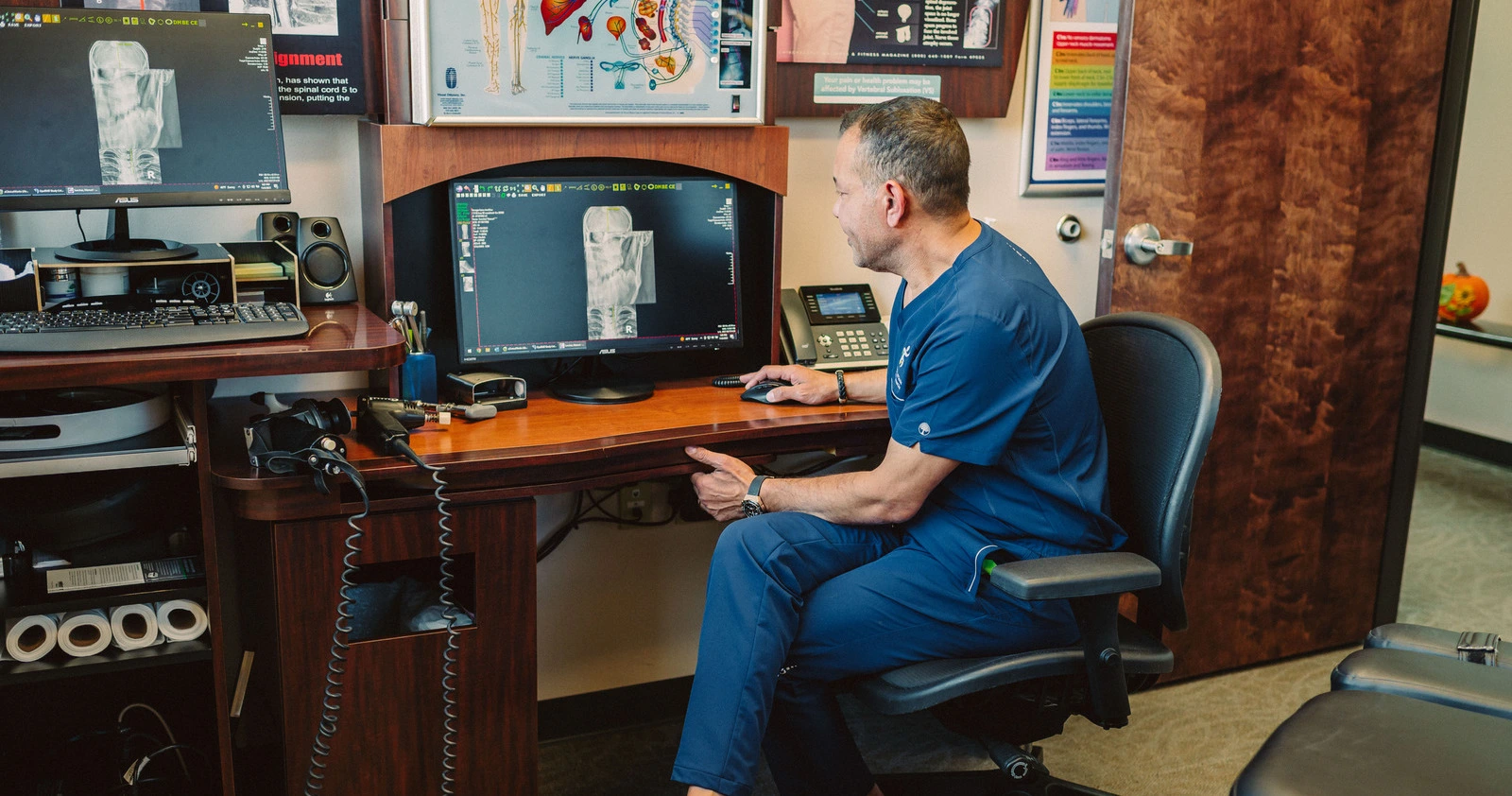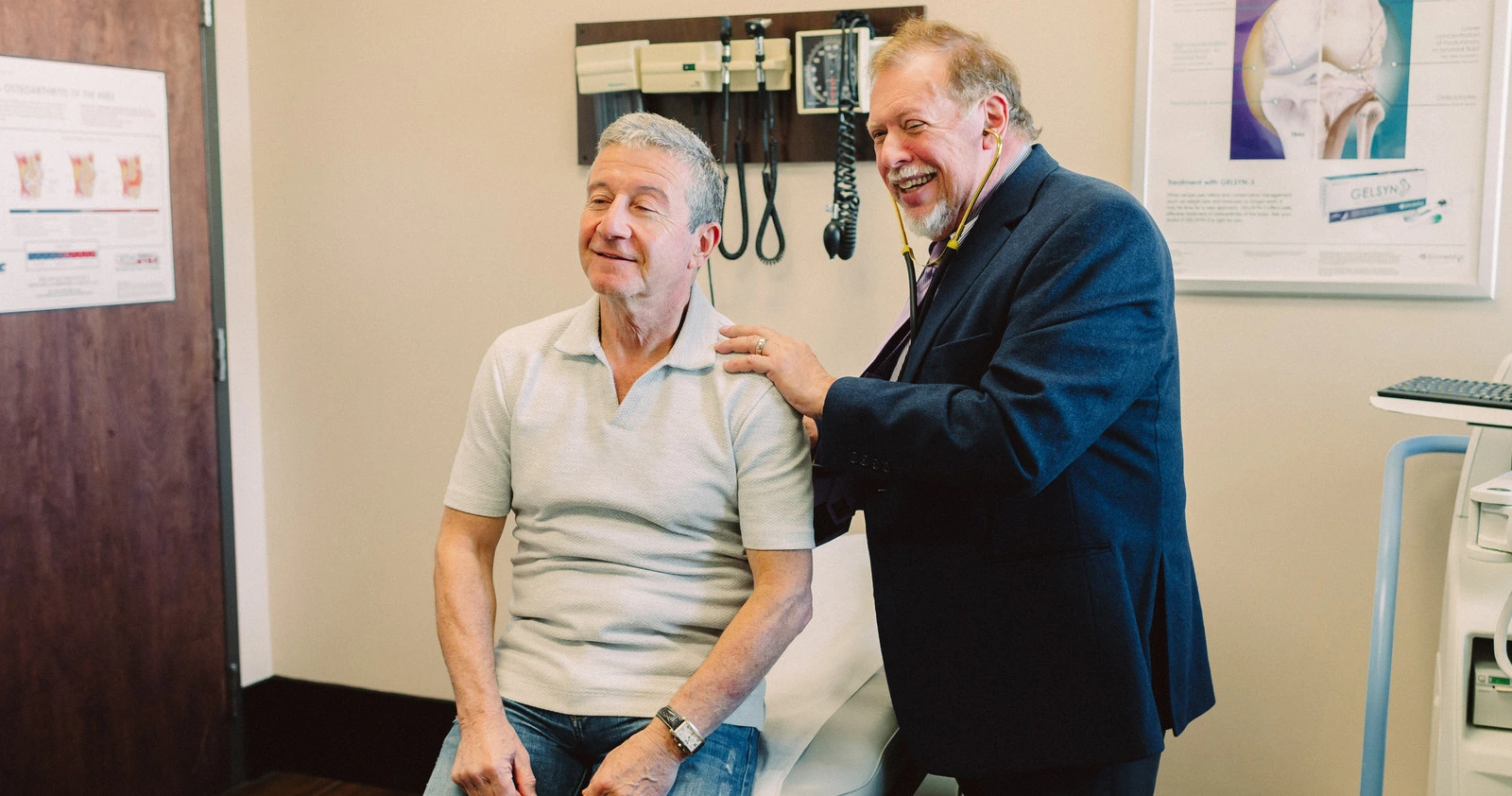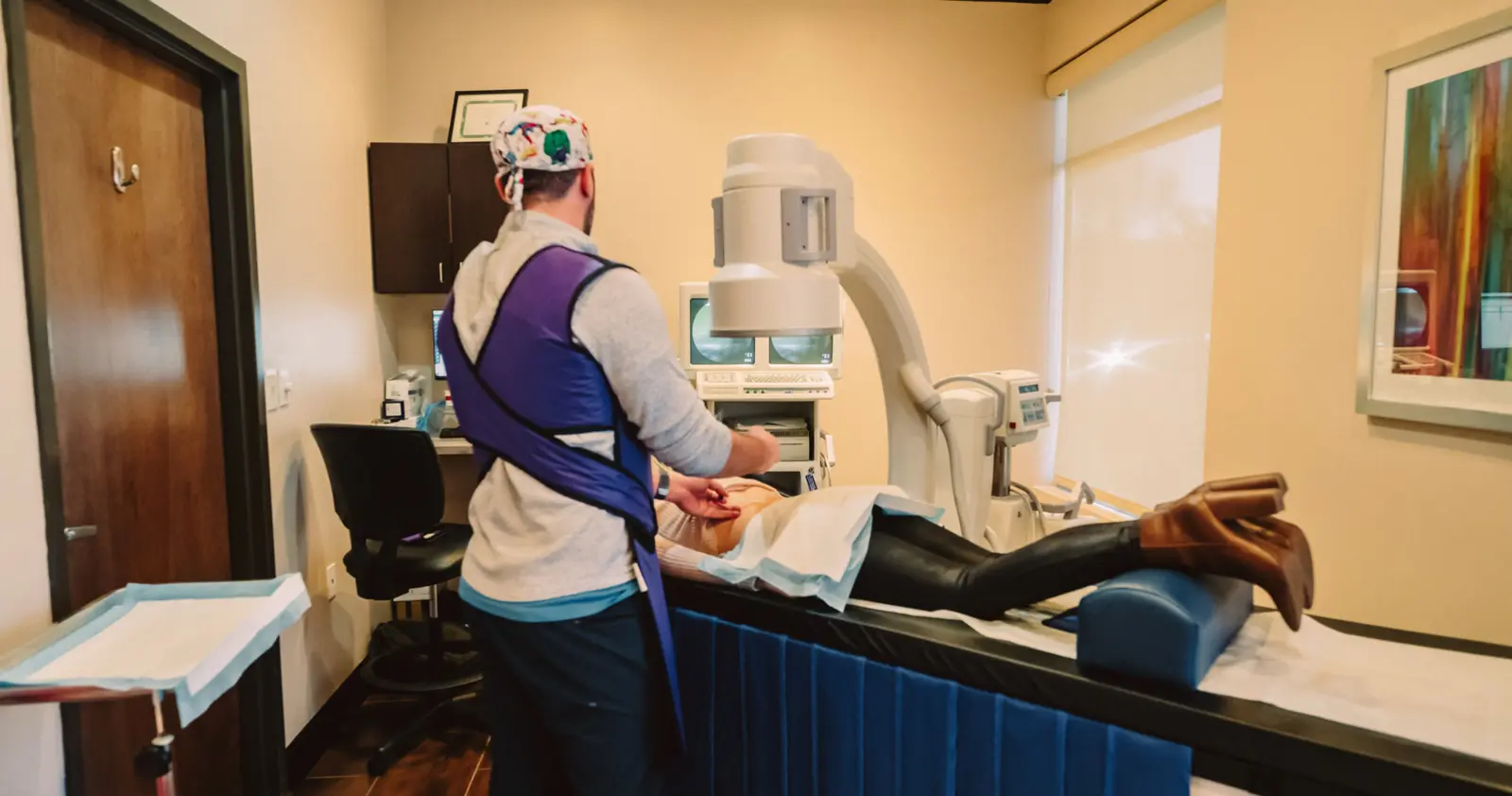
That constant, excruciating pain follows you everywhere and seems to hit at the worst times. You feel that unnerving pain during those important work meetings, while you are grocery shopping and even playing outside with your kids or grandkids. Pain can contribute to depression and anxiety. Doctors and pain treatment specialists often refer to “degree of pain” as the “fifth vital sign.” That is because pain can be a clinical barometer for what is going on with your health.
An estimated 100 million Americans live with chronic pain, making it difficult to sleep at night and concentrate during the day, while also affecting your energy level and overall enjoyment of life. But should you grin and bear your aching neck or back, your arthritis or joint pain, or pain resulting from an old surgery or injury? If pain is a regular part of your life, it might be time to see a pain management specialist.
Pain is an unpleasant sensation. However, pain is also a nervous system response that, for the most part, protects the body. For example:
- Musculoskeletal pain leads you to rest an injured ankle to allow it to heal.
- The pain you feel when you hold your hand over a hot stove causes you to pull your hand back, so you don’t get burned.
- Pain can also be the result of surgery or metabolic problems such as diabetes.
Occasionally, pain can even be the problem without an apparent cause, as in nerve (neuropathic) damage. Neuropathic pain does not have a protective purpose, and there is no known benefit. It may be the result of misread signals between the body’s nerves and the brain, or from damage to a nerve. The brain incorrectly interprets these signals from the nerves as pain. Examples of this pain type include:
- Diabetic peripheral neuropathy
- Scarring
- Shingles neuropathy
- Carpal tunnel syndrome
Pain isn’t always straightforward, like a cut or burn on your hand. Pain in the lower back could be the result of many conditions, for example. It could be musculoskeletal in nature and a result of one’s posture at work.
Lower back pain could also be from a herniated disc, sciatica, or spinal stenosis. Or, the pain could be due to a degenerative condition like arthritis or degenerative disc disease.
Other causes of pain include:
- Headaches
- Achilles tendonitis
- Postherpetic neuralgia
- Piriformis syndrome
- Facial pain
- Plantar fasciitis
- Cancer
As the field of medicine learns more about the complexities of pain, it is becoming more important to have physicians who specialize in treating pain.
Goals of Pain Management
The goal of pain management is to manage acute or chronic pain by reducing pain frequency and intensity. Besides addressing pain issues, a multidisciplinary pain management program may address your functional goals for activities of daily living.
Overall, a pain management program aims to give you a feeling of well-being, increase your level of activity (including a return to work), and reduce or eliminate your reliance on pain medication.
Types of Pain Treated
Pain treatment specialists treat and manage all types of pain. Acute pain is described as severe or sharp and may signal something is wrong. The pain experienced during dental work is an example of acute pain.
Pain lasting 6 months or longer is defined as chronic. This type of pain varies from mild to severe and is consistent. Spinal arthritis (spondylosis) pain is often chronic. Although chronic pain is difficult to manage, combining different treatments often delivers a good outcome.
- Degenerative disc disease
- Whiplash
- Sciatica
- Facet joint pain
- Cervical and/or lumbar spinal stenosis
- Spondylolisthesis
- Vertebral compression fracture
What to Expect During Your Appointment
Your appointment with a pain or interventional pain management specialist is much like other doctor visits. Although there are many similarities, the focus is on your pain, the cause or contributing factors, and quickly manage it.
Pain treatment specialists perform a physical and neurological examination, and review your medical history paying particular attention to your pain history. You may be asked some questions about your pain, including:
- When did the pain start? What were you doing when the pain started?
- On a scale from zero to 10, with 10 being the worse pain imaginable, rate your pain.
- Is its intensity constant, or is it worse at different times of the day or night?
- Does pain spread into other areas of the body?
- What treatments have you tried? What worked? What failed?
- What helps to relieve the pain? What makes the pain worse?
- Do you take prescription medication? If so, what, how much, and how often?
- Do you take over-the-counter medications, vitamins, or herbal supplements?
Most pain management specialists use a standardized drawing of the front/back of the body to enable you to mark where the pain is felt, as well as indicate pain spread and type (e.g. mild, sharp). You may be asked to complete the form each time you visit the pain treatment specialist. The completed drawing helps to evaluate your treatment progress.
Role of Pain Management Specialist
Pain management is a critical component in the care of people with chronic neck and back pain. Pain management specialists are concerned about the patient’s ability to function and their quality of life.
When pain is chronic or complicated by other medical conditions, the patient’s primary care physician may refer the patient to a pain specialist, such as a physiatrist. Physiatrists are medical physicians who specialize in physical medicine and rehabilitation with a special interest in musculoskeletal conditions. Some physiatrists have advanced training in Interventional Pain Management (IPM). IPM is an area of medicine devoted to the diagnosis and treatment of pain-related disorders.
A pain management physician understands the physiology of pain and conducts specialized tests to diagnose complex pain conditions. Pain management specialists prescribe proper medications and therapies to treat pain. Although opioids can treat some types of pain, they should not be the first line of treatment.
There are many minimally invasive procedures (nerve blocks and spinal injections), physical therapy, and non-narcotic therapies that allow a return to normal daily activities without the use of opioids.
A pain management specialist develops a treatment plan to relieve, reduce, or manage pain and help patients return to everyday activities quickly without surgery or heavy reliance on medication.
To make sure all the patient’s needs are met, the physician coordinates care through an interdisciplinary team of health professionals. Such professionals include:
- Physiatrists
- Internists
- Anesthesiologists
- Surgical specialists
- Psychologists
- Oncologists
- Psychiatrists
- Physical therapists
- Nurses
- Occupational therapists
Pain treatment specialists are most concerned with the patient’s overall quality of life. To that end, they treat the whole patient, not just one part of the body.
If you are one of the 100 million Americans living with chronic pain, living a full and active life may seem out of your reach. But with the right treatment and support, it is possible. You have probably already visited your regular doctor, but there are also health care providers who specialize in treating pain and can work with your doctor and you to help you find relief.
Diagnosing the Cause of Pain
Before a physician can treat your pain, he/she must understand the (root) cause of the pain. In some pain cases, the cause may be obvious, such as a spinal fracture. In cases of chronic pain, the cause(s) may be elusive and make diagnosis difficult.
The physician relies on your medical history, physical and neurological examinations. Additional diagnostic tools help to support or rule out a suspected diagnosis.
In-Depth Patient Evaluation
You and your physician will talk in-depth about your current pain and medical history. The physician may ask you when and how the pain started, for a description of the pain, about activities that increase or reduce pain, and current or past treatments.
Physical and Neurological Examination
A physical examination assesses the patient’s vital signs; pulse, heartbeat, respiration, blood pressure, and so on. A neurological exam evaluates the patient’s sensory (feel) and motor (function) capabilities including balance, reflexes, ability to walk, muscle strength and muscle tone.
- X-Ray or Radiograph is a common test performed to reveal the condition of the body’s bony structures. Results may suggest more testing is necessary.
- CT scan (Computed Tomography) is a 3-dimensional imaging study also used to evaluate bone and soft tissue. Each detailed anatomical picture resembles slices or cross-sections of a specific area of the body.
- MRI (Magnetic Resonance Imaging) is a powerful imaging tool. MRI is commonly used for musculoskeletal evaluation as it provides great detail about bones and soft tissues.
- PET scan (Positron Emission Tomography) uses small amounts of radionuclides (radioactive isotopes) to measure tissue changes at the cellular level. This test is performed when cancer is suspected.
- Discography allows pain treatment specialists to evaluate the intervertebral discs (one or more) as a possible source of pain. The test evaluates the structural integrity of the discs and may be used to replicate back or leg pain. The procedure involves the use of a contrast dye injected into each suspect disc to be examined by x-ray or CT scan.
Electrodiagnostic tools include NCS (Nerve Conduction Study) and EMG (Electromyography).
- NCS (Nerve Conduction Study) evaluates the speed of nerve impulses as they travel along a nerve. This test can help determine if there is nerve damage, the extent of the damage and if nerves have been destroyed.
- EMG (Electromyography) uses nerve stimulation to evaluate electrical activity within selected muscle fibers. The test measures muscle response and detects muscle damage and disease. It can help to distinguish between a muscle disorder and a nerve disorder.
Usually, both tests are performed, although an NCS may be performed without an EMG.
Accurate Diagnosis Key to Pain Treatment
Pain treatment involves diagnosing the cause or origin of pain. Making a proper diagnosis may involve obtaining an X-ray, CT scan, or MRI study to confirm the cause of your neck or back pain.
When treating spine-related pain (which may include arm or leg symptoms), other tests, such as discography, bone scans, nerve studies (electromyography, nerve conduction study), and myelography may be performed. The correct diagnosis is essential to a successful pain treatment plan.
Some spinal disorders and pain treatment require the involvement of other specialists, such as your primary care physician, orthopedic surgeon, neurosurgeon, and practitioners in radiology, psychiatry, oncology, psychology, physical therapy, nursing, and complementary alternative medicine.
The pain management specialist may consult with and/or refer you to a neurosurgeon or orthopedic spine surgeon to determine if your pain problem requires spine surgery.
Pain Treatment Specialists
If you’re experiencing pain that started recently or living with chronic pain, pain treatment specialists at Advanced Health Solutions – GA Spine & Disc can help you find relief or manage your pain.
Call us now at (770) 926-9495 or contact us online to book your appointment.



